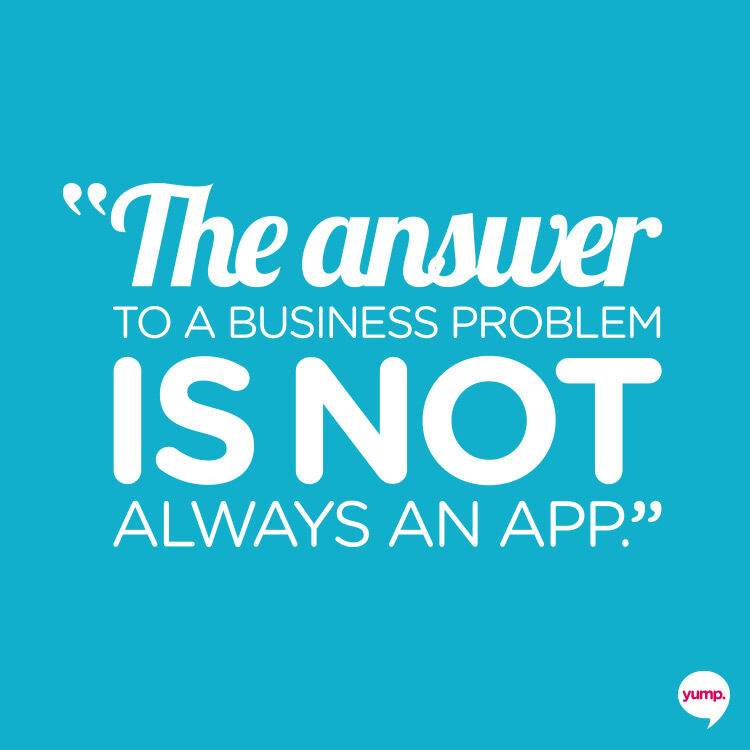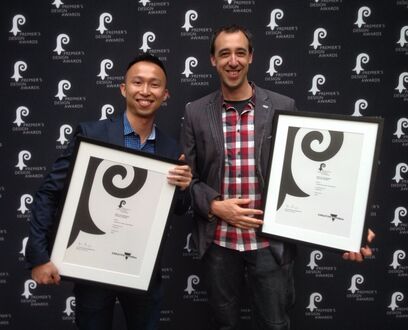The recently concluded UX Australia 2015 conference highlighted the importance of the roles that UX (user experience) designers play in their companies, organisations and communities across Australia and abroad, as innovators, explorers, listeners and agents of change. Who are UX designers and what do they do?
Innovators
As innovators, designers are constantly taking technology to its limits with new ideas. Suzi Benz and Michael Byczkowski from technology giant SAP talked about their mission to implement emerging technologies in the fight against cervical cancer.
Explorers
As explorers, designers sometimes take organisations and society to places where they haven't been before. Hailing from New York, Michelle Tepper talked about the pioneering efforts of the US Consumer Financial Protection Bureau to make public data more accessible online for all US citizens.
Listeners
As listeners, designers lend our ears to our users’ problems and empathise with their frustrations. Meera Pankhania from PWC talked about helping companies ensure people with vision, hearing, mobility and cognitive impairments could also use their products.
Agents of change
UX designers can also be champions of change in organisations that are used to a particular way of doing things. Greta Jensen talked about how she tried to convince management, in her role as a Truck Driver, to redesign the extremely unfriendly control interface for vehicle operators. Freya Elliot from CEC shared their experience on applying design thinking to address cultural problems and deliver successful organisational change.

UX tips and key takeaways
Given the many different hats that UX designers wear in their chosen fields, they have to be armed with the right tools. Here we summarised our key takeaways and essential tips for every user experience practitioner from this year's conference.
Think about Information Architecture
It is tempting to assume that everyone processes information the same way, and that all our users can read information labels (such as main navigation items) quickly, understand what they mean, and find the information they want easily. However, in reality, it is entirely possible that a significant group of your users are not able to decipher information well enough to complete the tasks you want them to, so good and clear information architecture becomes critical.
Dr Ben Kraal from the Queensland University of Technology spent years studying how people behave at airports. Their findings show how people, using complex services (in airports), have challenges matching their expectations with the features of the service environment (the airport user experience). Improving how information is structured and presented within the airport environment helps airports build better and more engaging experiences for passengers and staff.

Research badly
From quantitative methods such as surveys and analytics to qualitative studies such as interviews and focus groups, research comes in all forms and user experience designers have a wide variety of methodologies at their disposal. Good research minimises investment risk and a small amount of poor research is still better than no research. Good research also identifies the gap between what people say and what people do.
Identify opportunities instead of jumping to solutions
It is not uncommon to jump to solutions without first understanding the nature of our problems and the full scope of opportunities available. "Let's make an app for that!" The answer is not always the most obvious choice, and it’s certainly not always an app. For example, if we identify cash payment as a customer pain point, the answer is not to jump to conclusion that customers should be able to pay by swiping their mobile phone. Rather, we should identify a variety of opportunities to explore. Do we emphasise the good, remove the bad or try the opposite?

Utilise the power of storytelling
Stories are universal and they evoke our imaginations, dreams and aspirations. Opening keynote speaker Dave Gray talked about using storytelling as a persuasive device in engaging with different opinions and stakeholders, and getting people to adopt new ideas. Alex Kan from the University of Melbourne showed how storytelling could be used effectively not just as "success stories" on promotional collateral, but also within digital products, such as Zombie stories designed for an outdoor running app.
Advocate ethical decisions
Last but not least, closing keynote speaker Cennydd Bowles reminded UX designers, researchers and practitioners, that they have the power to influence their companies to make ethical decisions for not just consumers, but for a more sustainable and humane world. It's time for us to become ethically aware so we help our companies, clients and customers make the right decisions that will build a better future for the country's next generation.
Again and again, the repeated similarities in each practitioner’s individual experiences emphasise that there are still a lot of work to do. The roles that UX designers have to play are more important than ever before.
By Yuan Wang
As Creative Director of Melbourne digital agency Yump, Yuan Wang has helped companies and organisations around Australia leverage digital media to achieve revenue growth by utilising UX research and user-centred design methodologies. He has a passion for driving innovation in digital strategy via emerging fields such as UX, big data, experimental economics and psychology.









